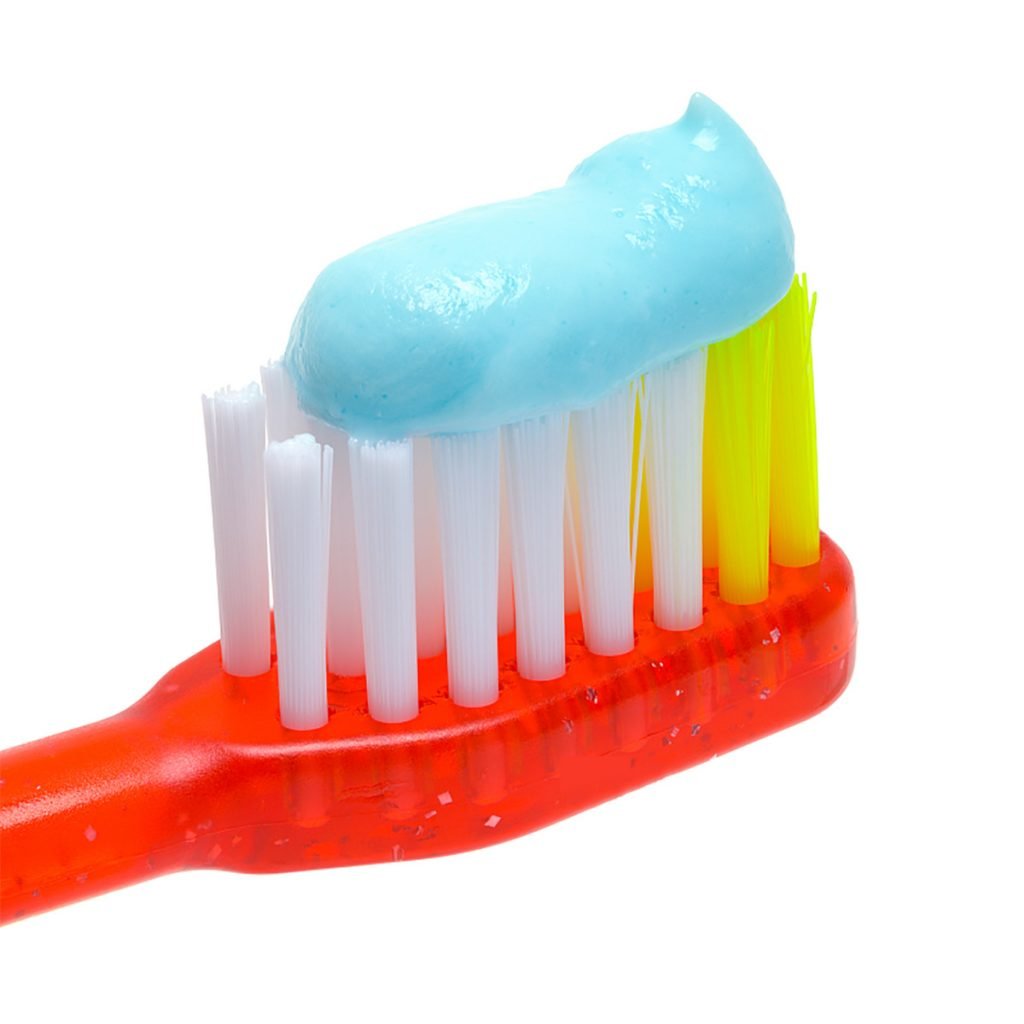As we know, toothpaste normally contains water, abrasives, humectants, sweeteners, binders, surfactants, preservatives, flavorings, and coloring agents.
Among them, abrasives are one of the main adults of toothpaste. The role of abrasives is shown below.
- Abrasives give toothpaste their cleaning power.
- Abrasives also polish teeth and remove stains.
The most common abrasives are calcium carbonate and silica.
- Silica is a mild abrasive,
- while calcium carbonate is more effective than silica in cleaning teeth.
Regular Toothpaste
If the toothpaste uses calcium carbonate as the abrasive, this would be called regular toothpaste/paste.
Gel Toothpaste
If the toothpaste uses silica as the abrasive, this would be called gel toothpaste/gel.
Which type of toothpaste is best for your clients or your market?
Paste or gel is really a matter of personal preference and taste.
Difference
The only real differences between paste and gel are their taste, appearance, and texture.
Regular toothpaste is thicker in texture and creates a nice foamy texture.
- It can do that most gels cannot is that it will clean your teeth a bit more effectively.
- This is due to the slightly grainy texture.
- This texture is what many people do not like because it reminds them of sand.
- However, little grains are scrubbing all of the food and the plaque off of your teeth.
- They are really breaking through any debris that has built up over time.

Gel toothpaste tends to be less abrasive and creates a clearer texture than regular toothpaste.
Some people do find gel toothpaste to be better than standard paste because they like the texture, it is smooth and not grainy.

You may feel like your teeth are cleaner with a gel, but you may find that they are actually cleaner when you use a paste.



